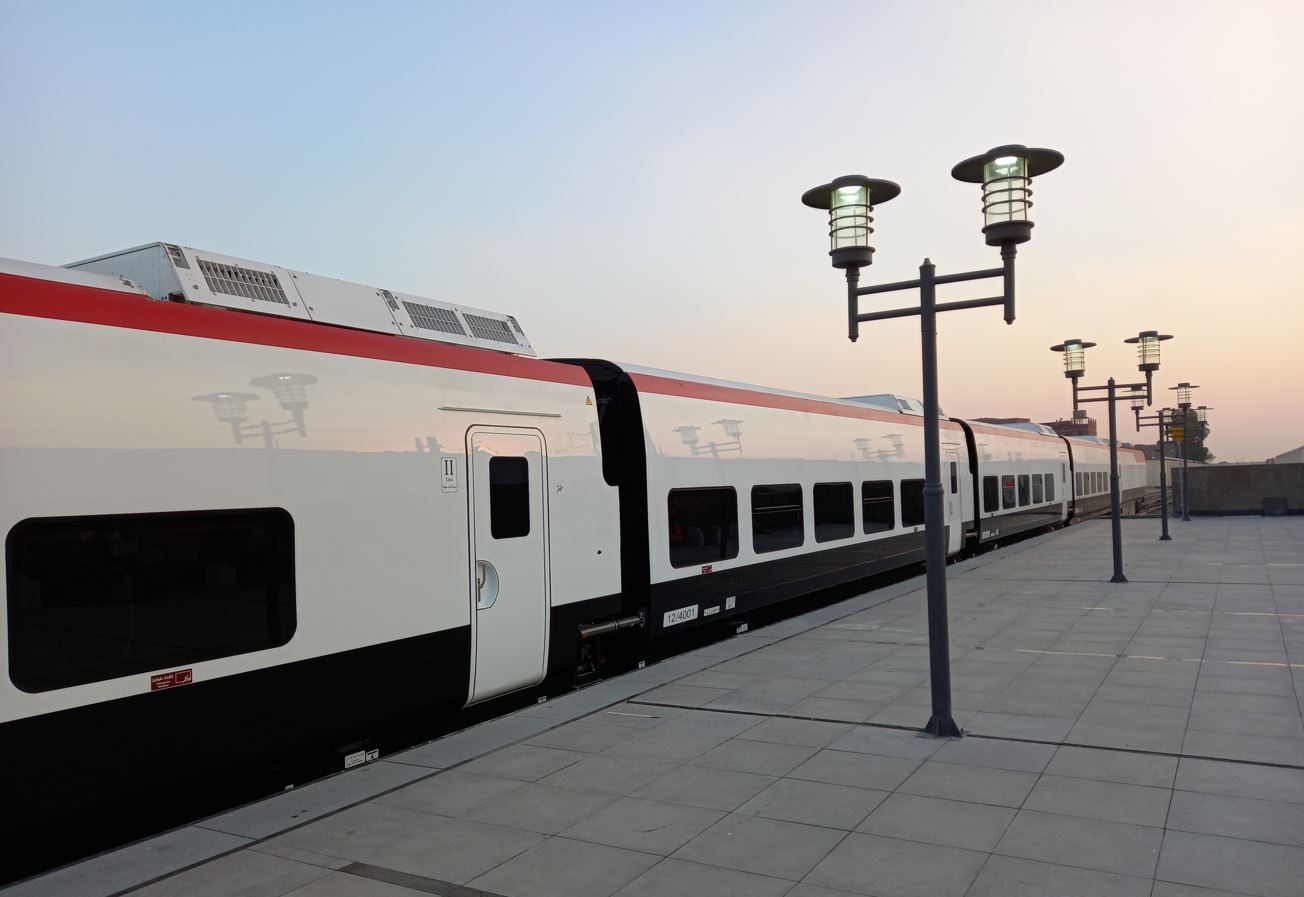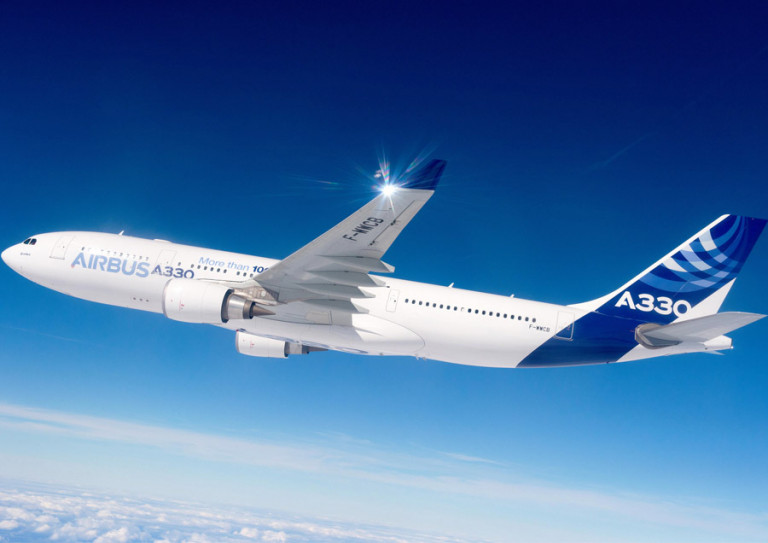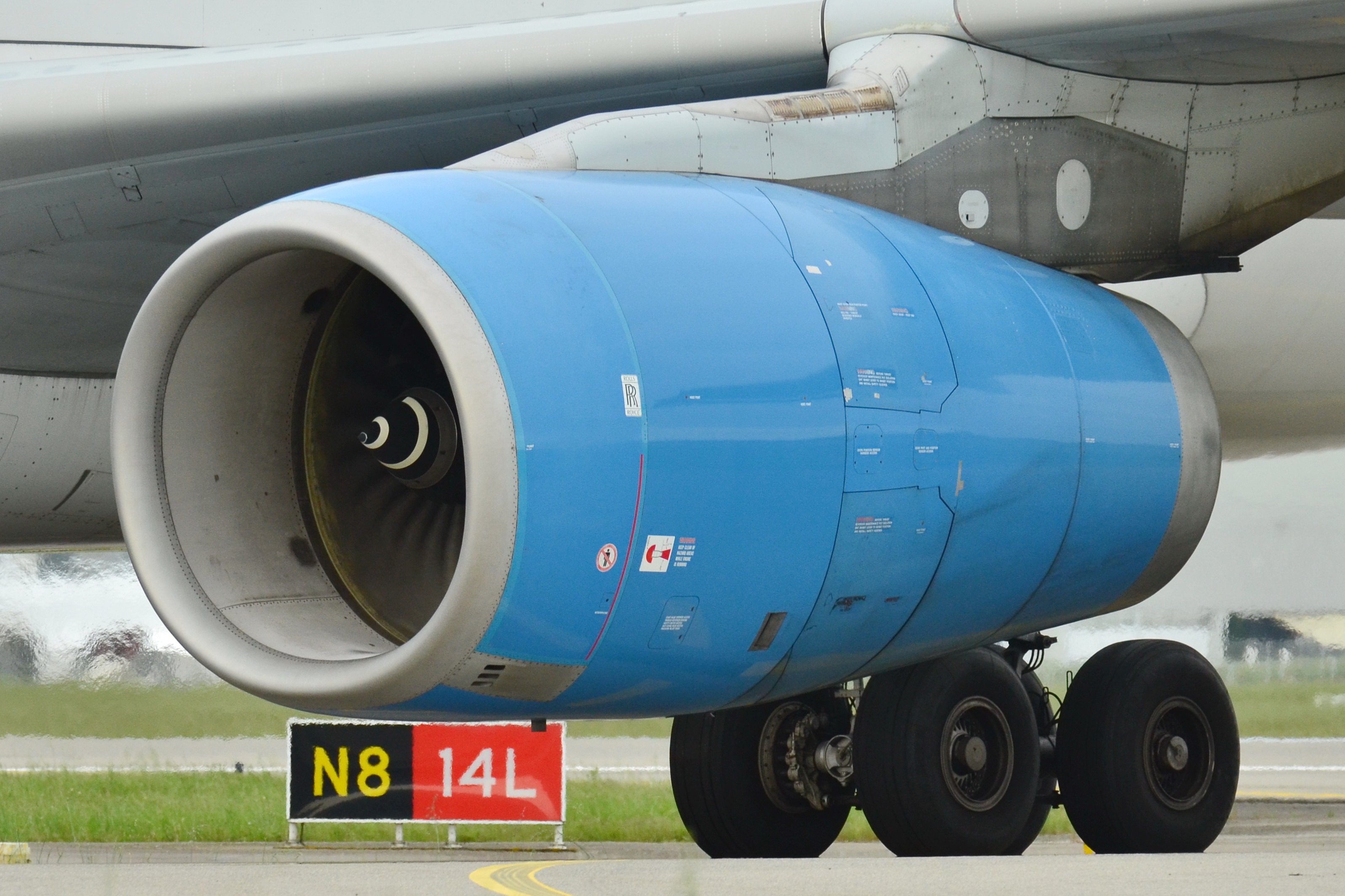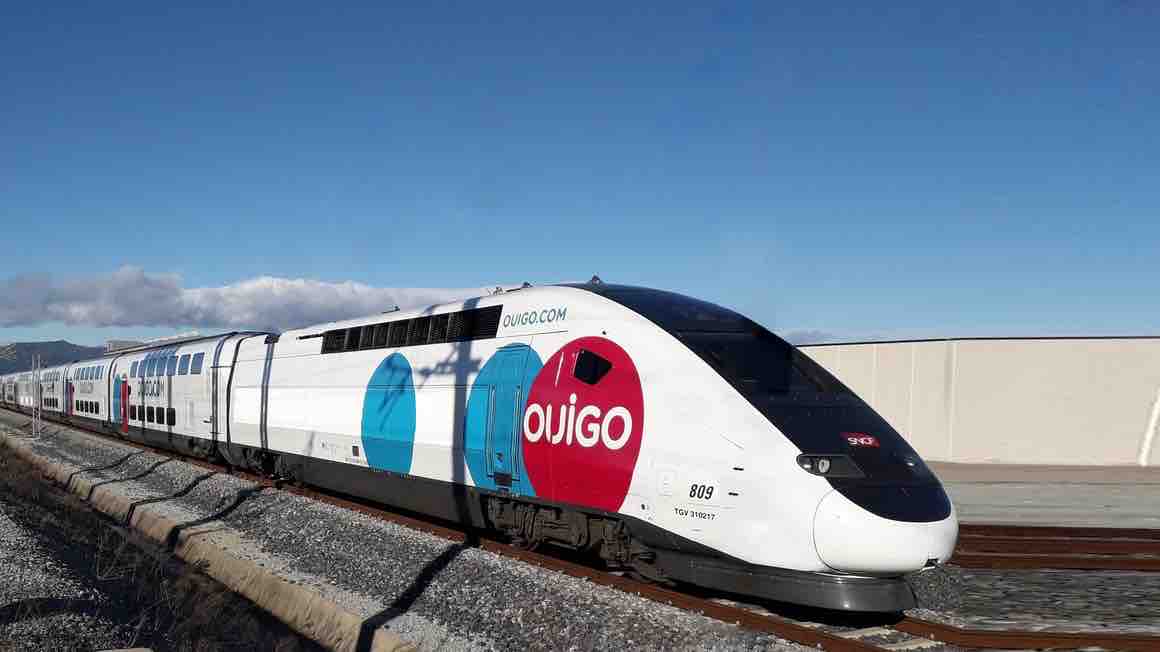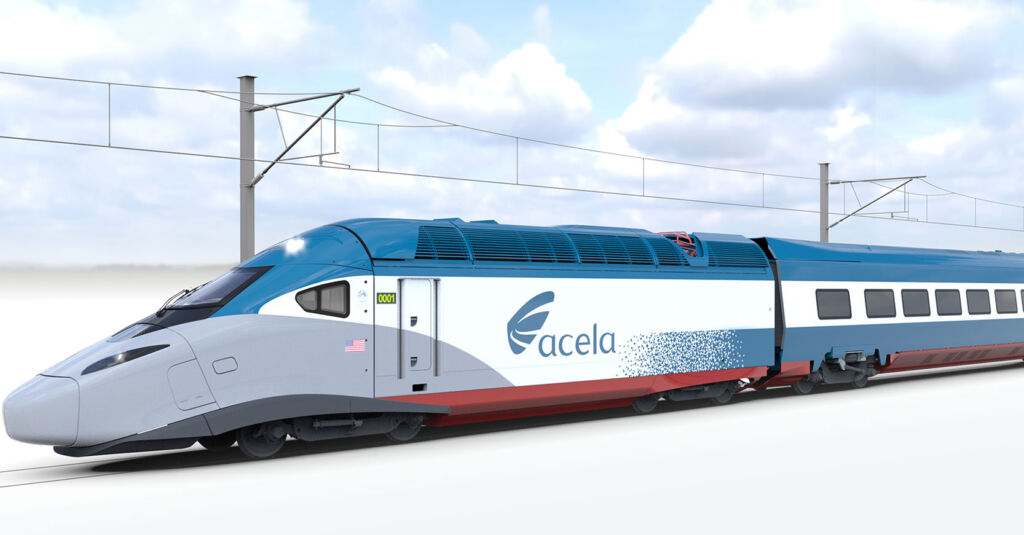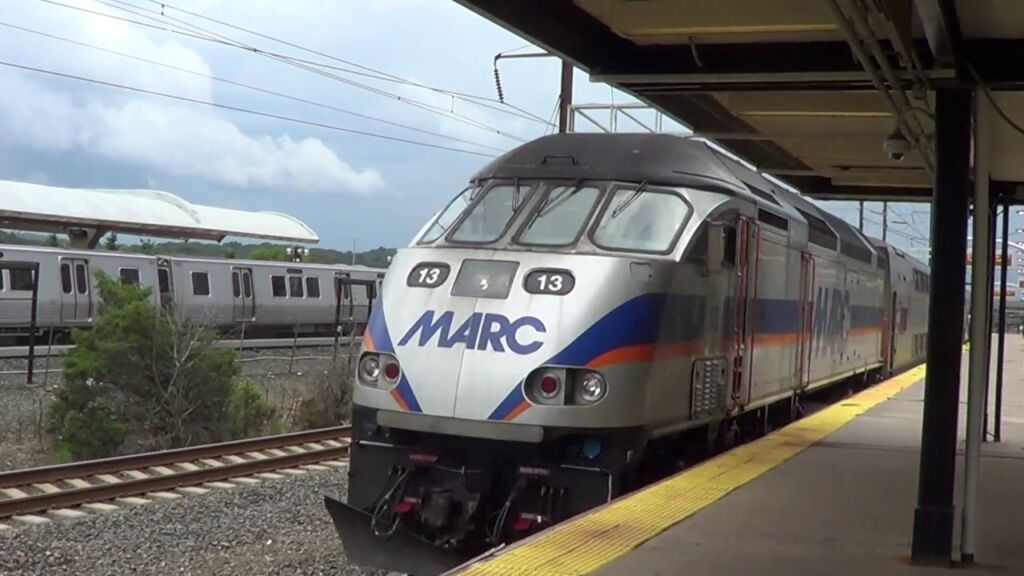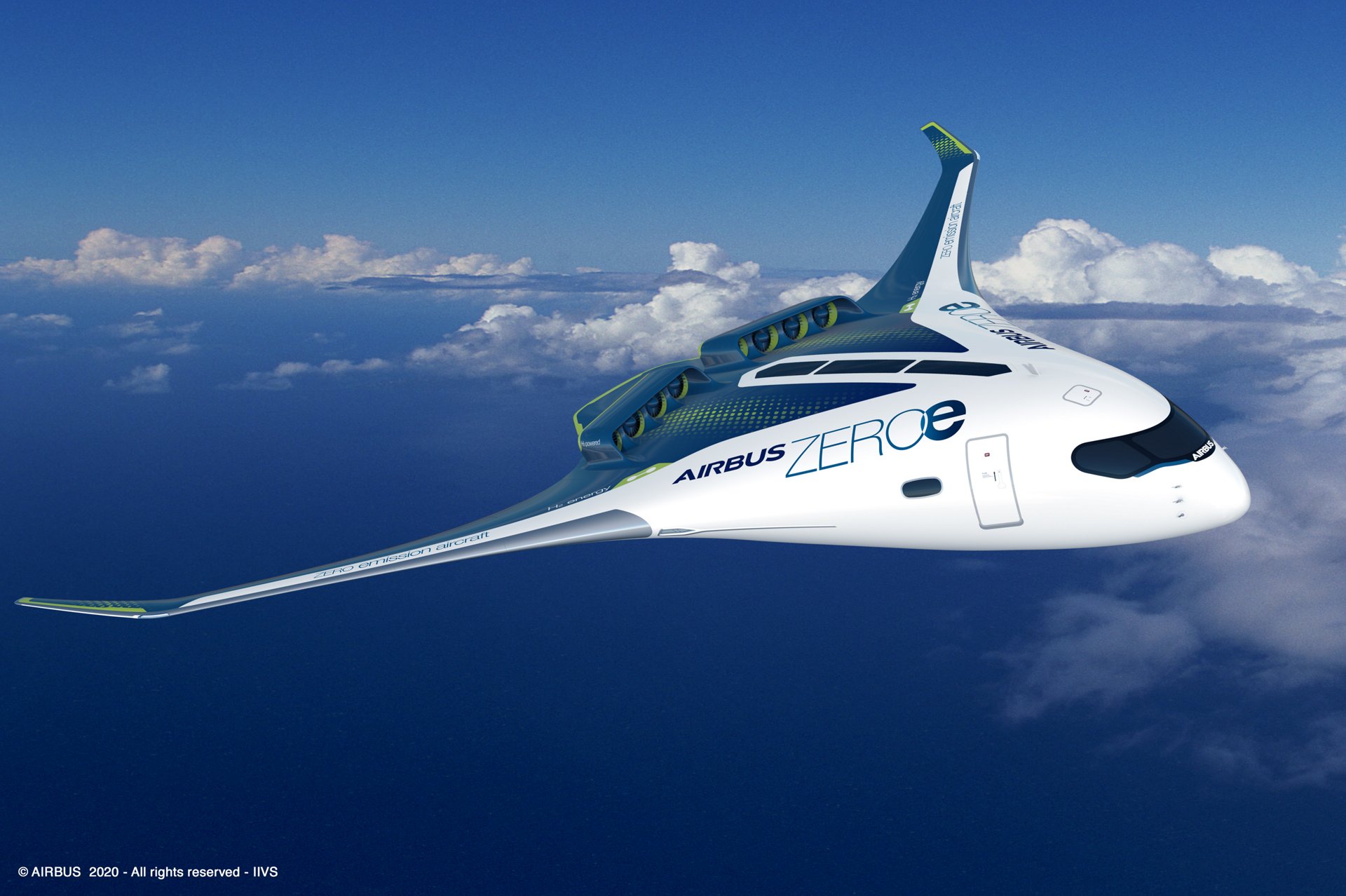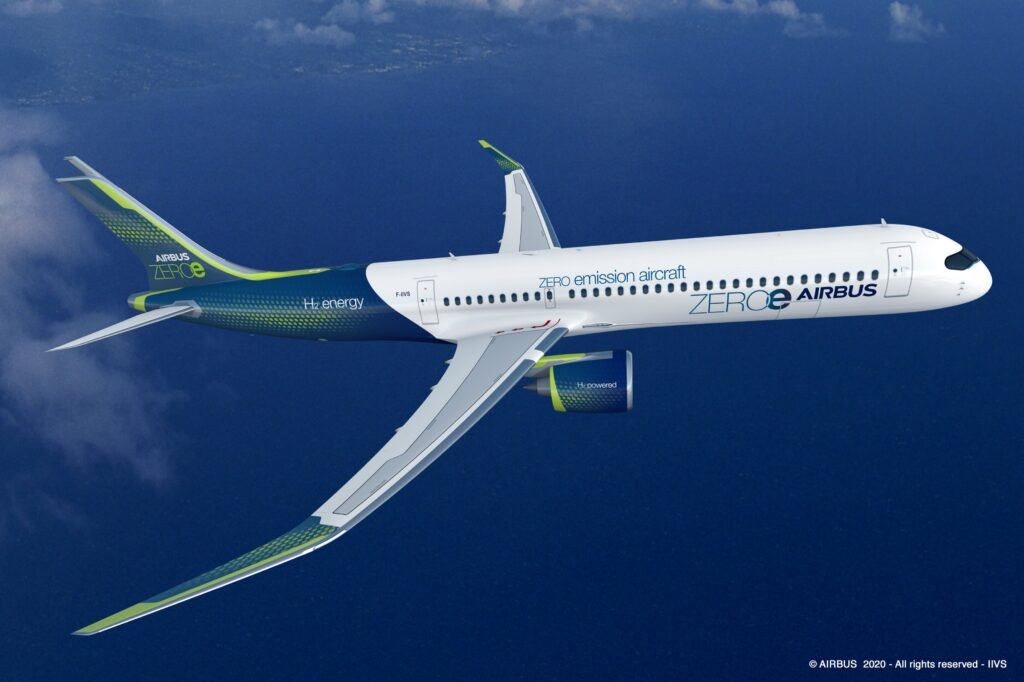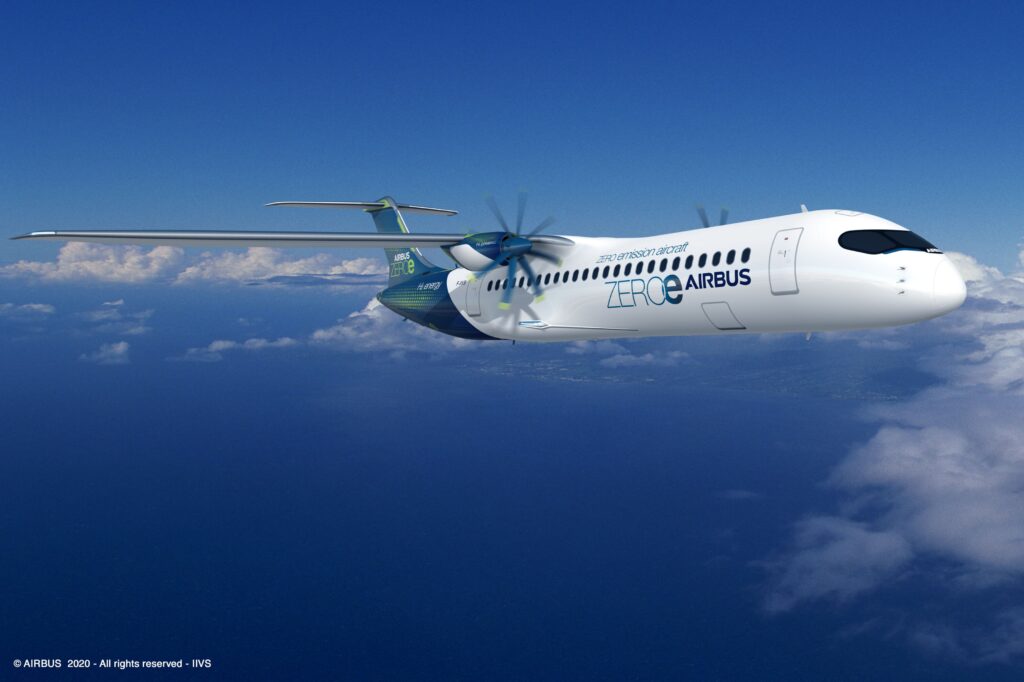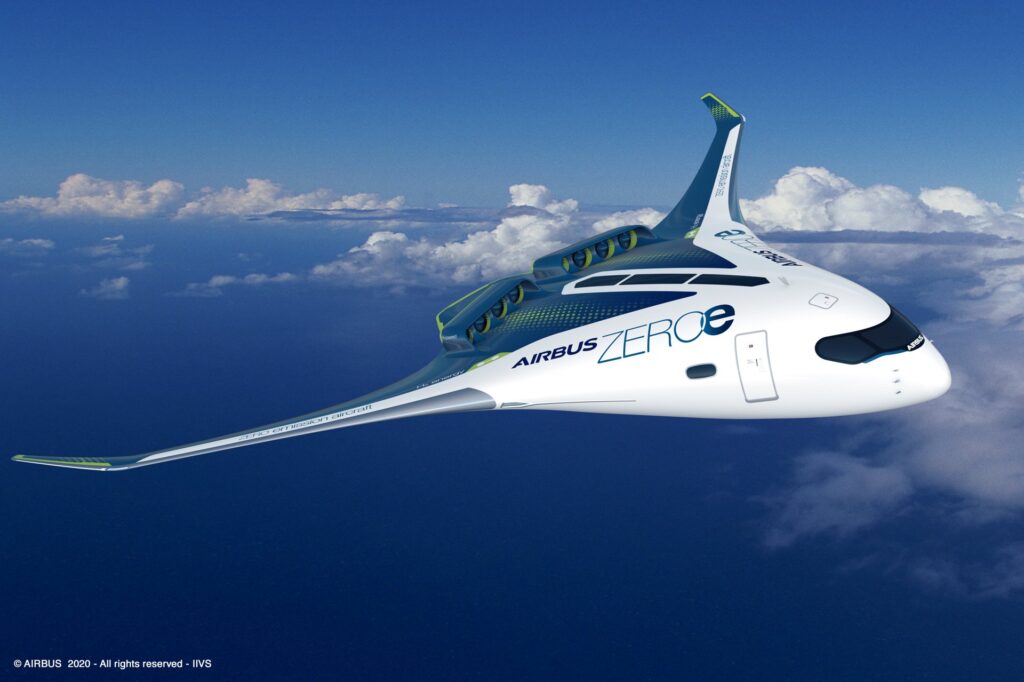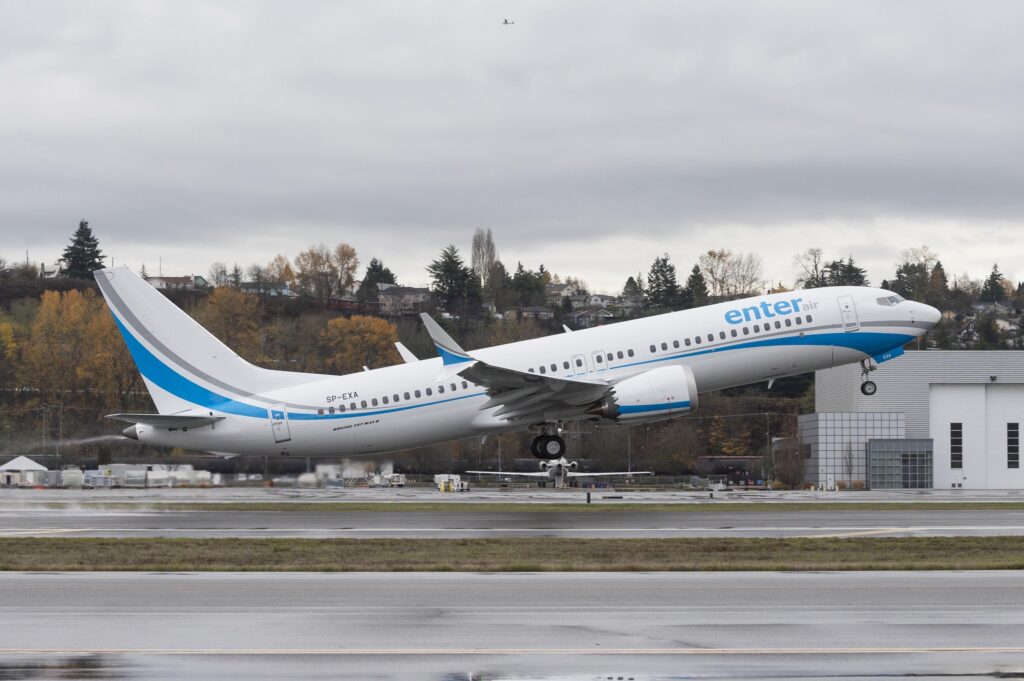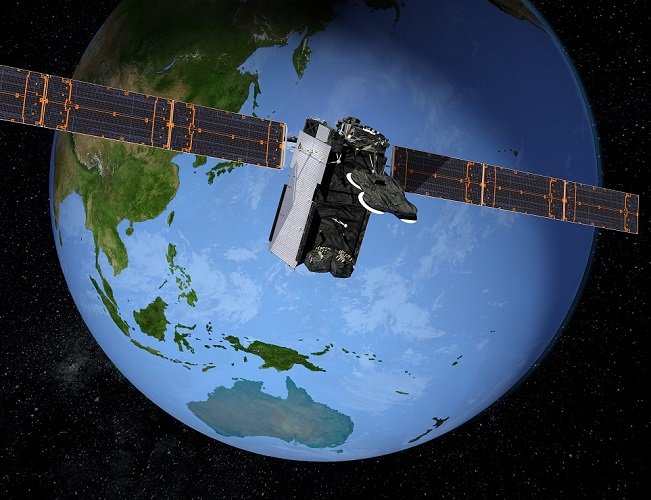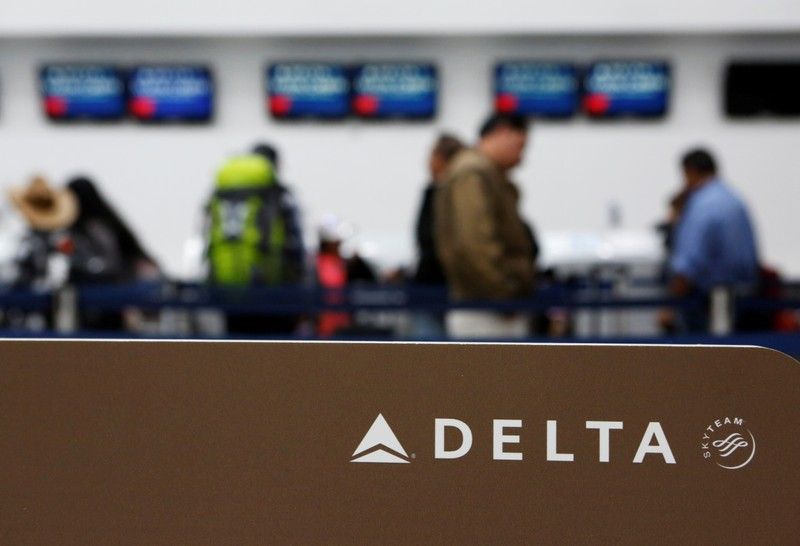Madrid, Spain, July 7th, 2023 – Egypt’s National Railway company (ENR) has recently confirmed the entry of the sixth and last Intercity trains into commercial operation for daytime services on the line that connects Alexandria with Cairo and Aswan. With this approval, the delivery of the rolling stock that makes up the fleet supplied by Talgo has been made official more than five months ahead of schedule.
The first train of this project started operating in December 2022. Since then, the rest of the trains have been delivered to the Egyptian operator and have gradually entered service at a rate of, approximately, one train composition per month. The trains, which belong to the Talgo 230 platform for Intercity or Long-Distance services, run at a maximum commercial speed of 160 km/h and have a capacity of approximately 500 passengers each.
The ENR units consist of a diesel-electric locomotive, a technical car and 14 towed passenger cars. The contract, worth 158 million euros, also includes complete maintenance for, at least, eight years, employing local personnel trained by the Spanish manufacturer.
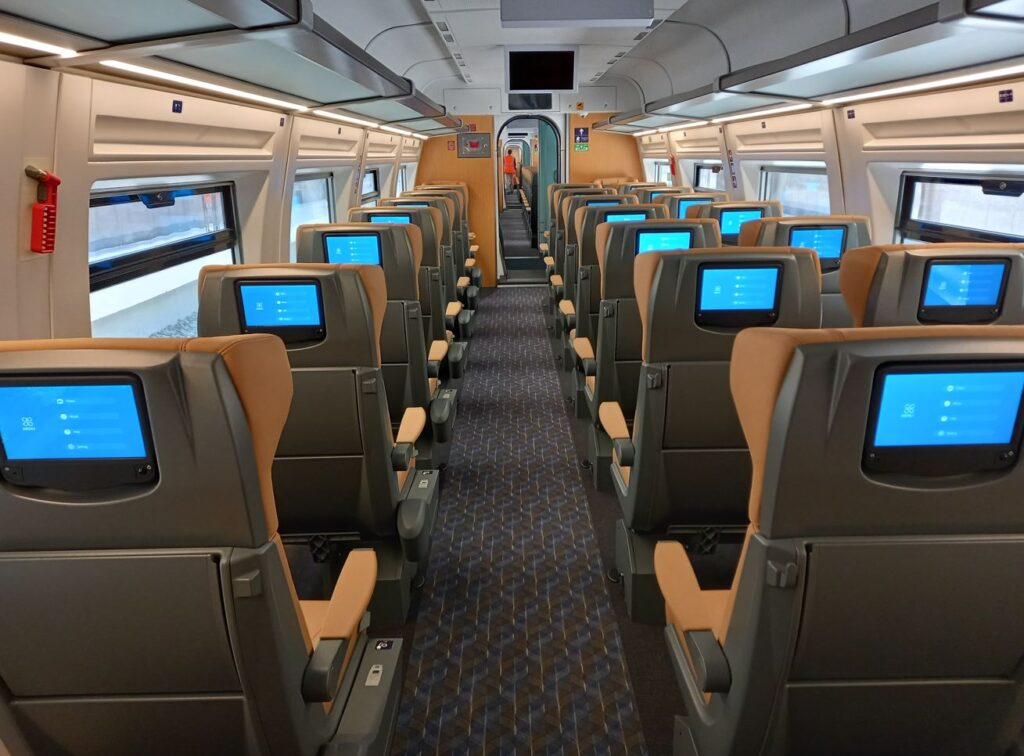
The interior of these trains has been designed based on Talgo’s experience in high comfort long-distance compositions and services, such as the ones supplied for the Mecca-Medina high-speed line in Saudi Arabia. They are equipped with interior air conditioning certified for extreme temperatures, an onboard Wi-Fi platform throughout the train, and infotainment systems with LED screens in each of the first-class seats.
State-owned ENR launched the tender process in August 2016 as part of a project funded by the European Bank for Reconstruction and Development (EBRD) with the final bidding phase closing in October 2018.
Although Talgo is primarily known for its very high-speed trains that operate at over 300km/h (in fact, it is the company with the highest market share in the competitive Spanish market), it has more than 80 years of experience in the manufacture and maintenance of conventional rolling stock.
